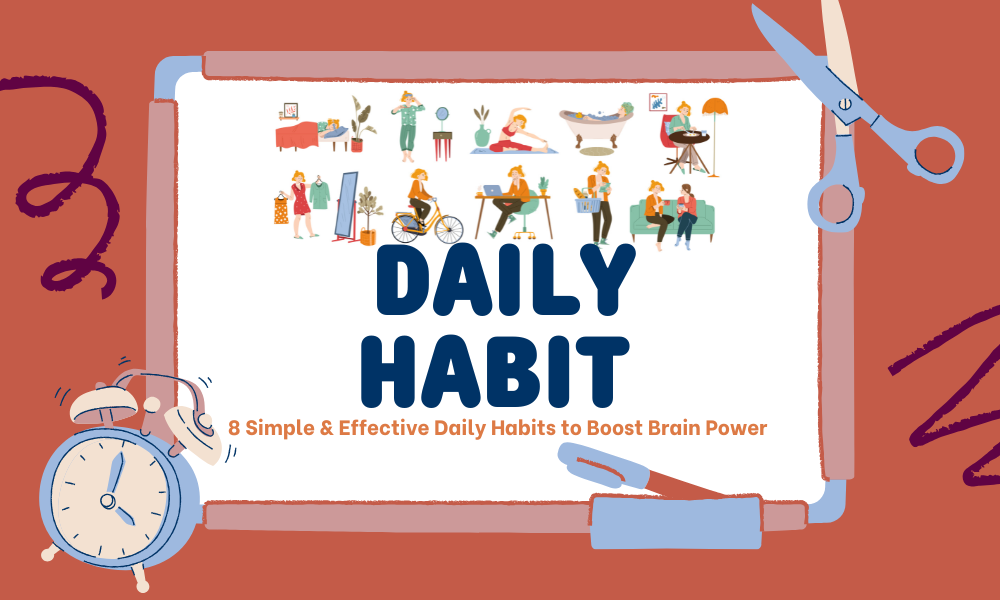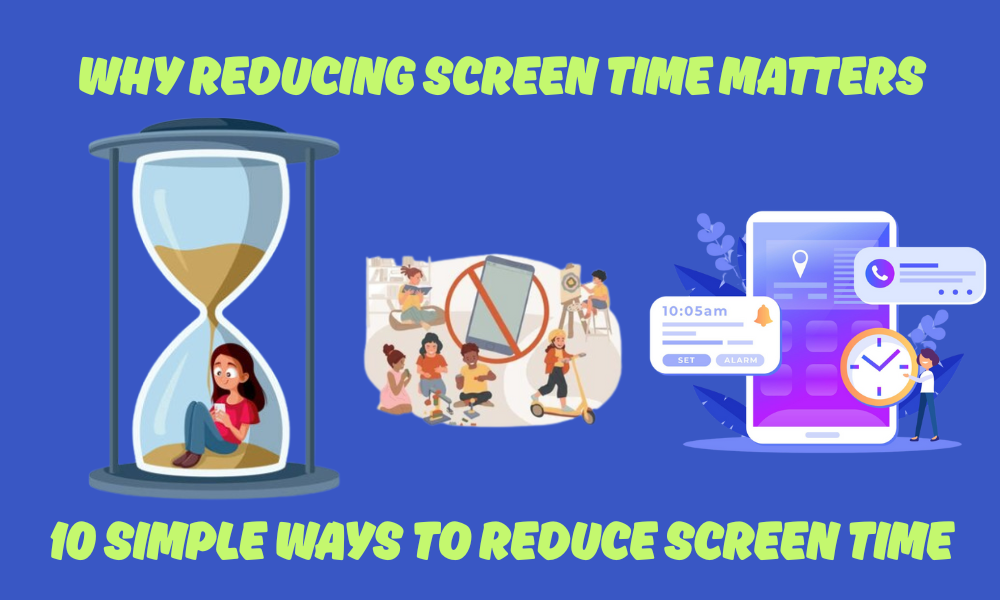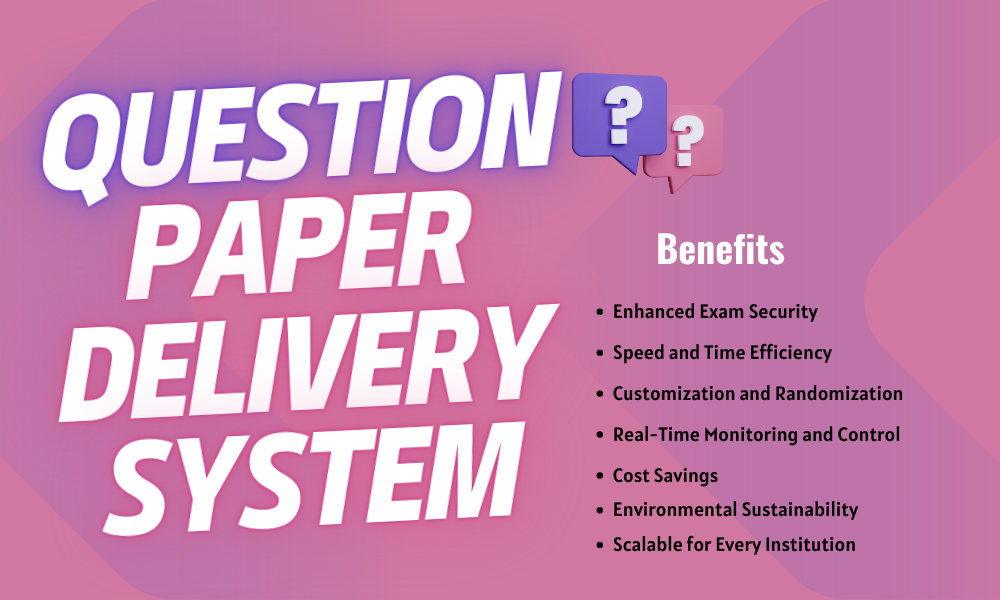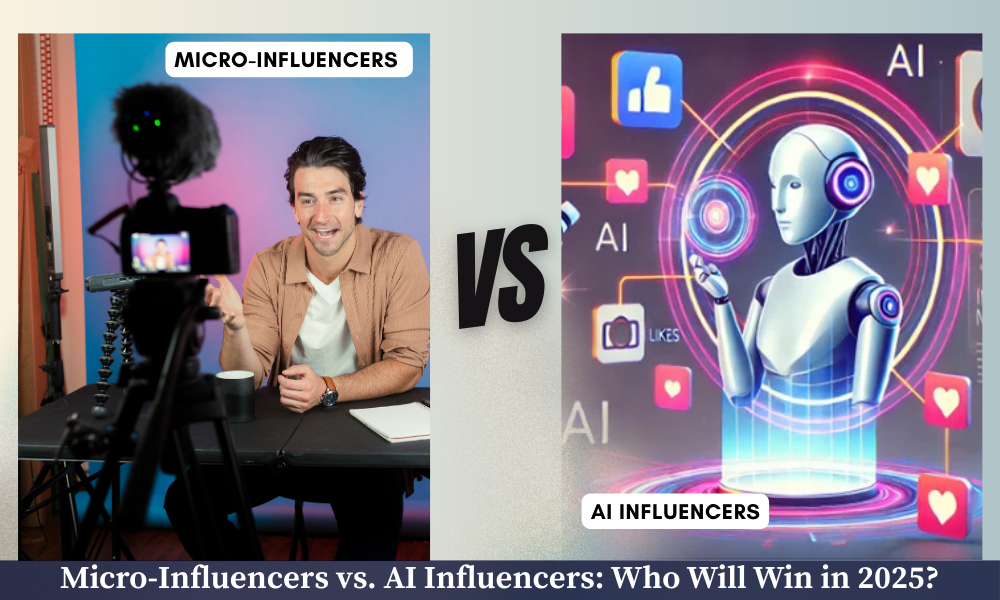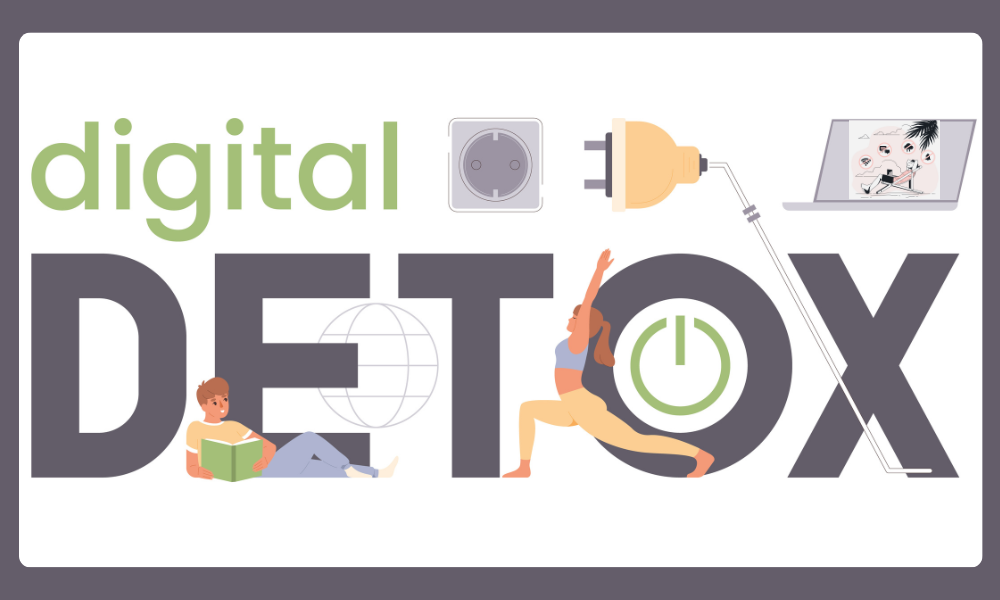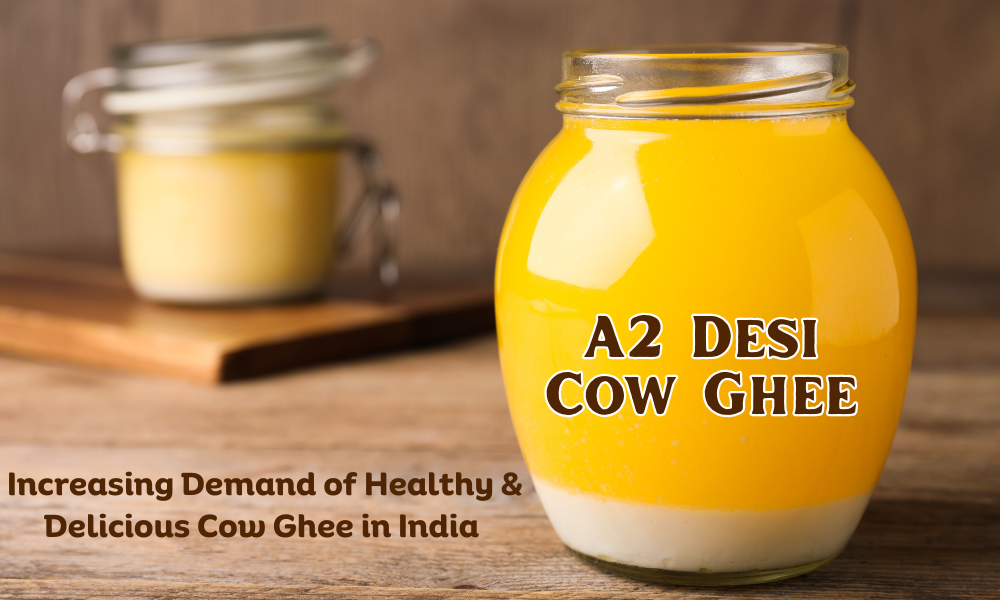Reinventing Style: Cutting-Edge Innovations Driving Sustainable Fashion
The garment industry is witnessing a transformational change toward sustainability, fueled by cutting-edge technologies and environmentally responsible practices. Biodegradable materials like as mushroom leather and pineapple fiber, as well as digital fashion that reduces physical waste, are revolutionizing how clothing is designed, manufactured, and utilized today. Waterless dyeing processes and blockchain-enabled supply chain transparency help to reduce environmental effect. This blog digs into these innovative developments, emphasizing how they all contribute to a more ecologically friendly and ethical fashion future.
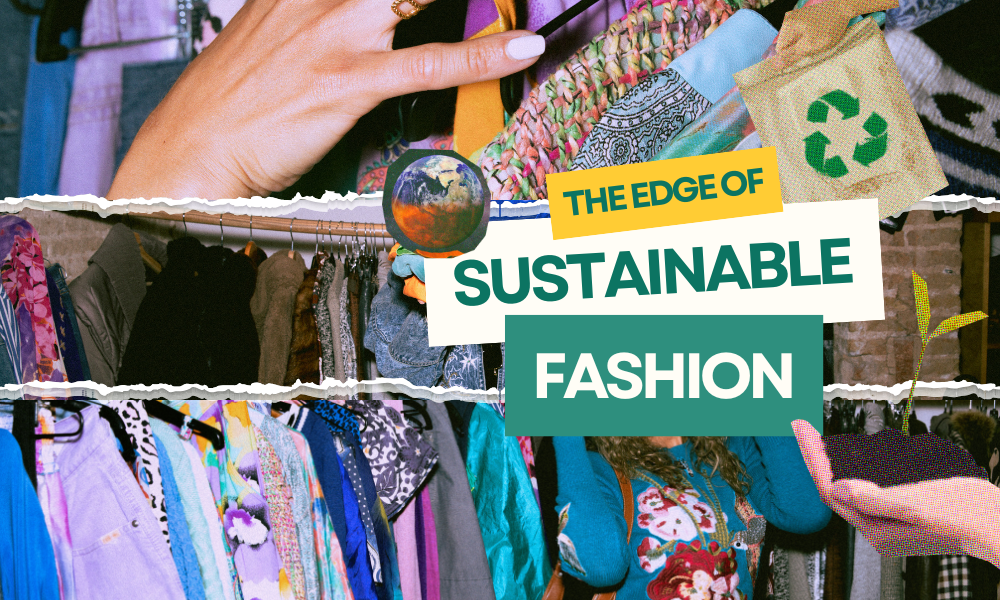
Biodegradable and Bio-Based Fabrics
As the fashion industry shifts towards greener alternatives in the future, biodegradable and bio-based fabrics will continue to help pave the way for innovative sustainable alternatives. Unlike a traditional fabric made out of petroleum-based synthetics, these fabrics mean we are using renewable fibers that decompose (decompensation) to lessen our impact on the environment.
One such topic discussed lately is called “Mylo”, which is a leather-like fabric made of the mycelium part of fungi. I have had people tell me they have used the fabric and had good results, they say it is “biodegradable”, and that is uses much less water and land. Like leather, Mylo is cool and stylish, however it will also give a more ethical and environmentally friendly alternative. Another substitute is Piñatex, which is made from fibers found in pineapple leaves and provides farmers with an extra source of income. Piñatex is another replica to traditional leather, but it is a legitimate replica, but the piña leaf is also a “waste product” but it is turned into something we could wear.
There is another fabric development about algae-based fabric that can be knitted into soft and stable fabrics for clothing or accessories. And at the end of the lifecycle for these materials, they meant to break down naturally. Unlike synthetic fibers that will remain in landfill for hundreds of years.
The use of recyclable and bio-based materials is a significant step toward circular fashion, in which clothing not only looks wonderful but also benefits the environment. As demand rises, these advancements may soon become the norm in ecologically friendly fashion periods.
Circular Fashion and Recycling Technology
Circular fashion focuses on creating products that last longer and return to their making cycle at the end of their lives, decreasing waste and energy consumption. Textile recycling is a key aspect of this paradigm since it converts old clothing into new fibers while maintaining quality. Fiber-to-fiber recycling technology is being enhanced to separate blended fabrics and regenerate materials such as cotton, polyester, and nylon.
Brands like Patagonia and H&M are investing in closed-loop networks and garment take-back schemes, which allow customers to return unwanted clothing for disposal or resale. Newer processes, such as chemical recycling, can degrade artificial fibers at the molecular level, resulting in virgin-quality textiles from waste.
Circular fashion provides a powerful remedy to the wasteful nature of quick fashion by prolonging the life of materials and minimizing the requirement for virgin resources. As innovation proceeds, the goal is to create clothing that can be disassembled, repaired, and reused, transforming trash into a resource and incorporating sustainability into fashion.
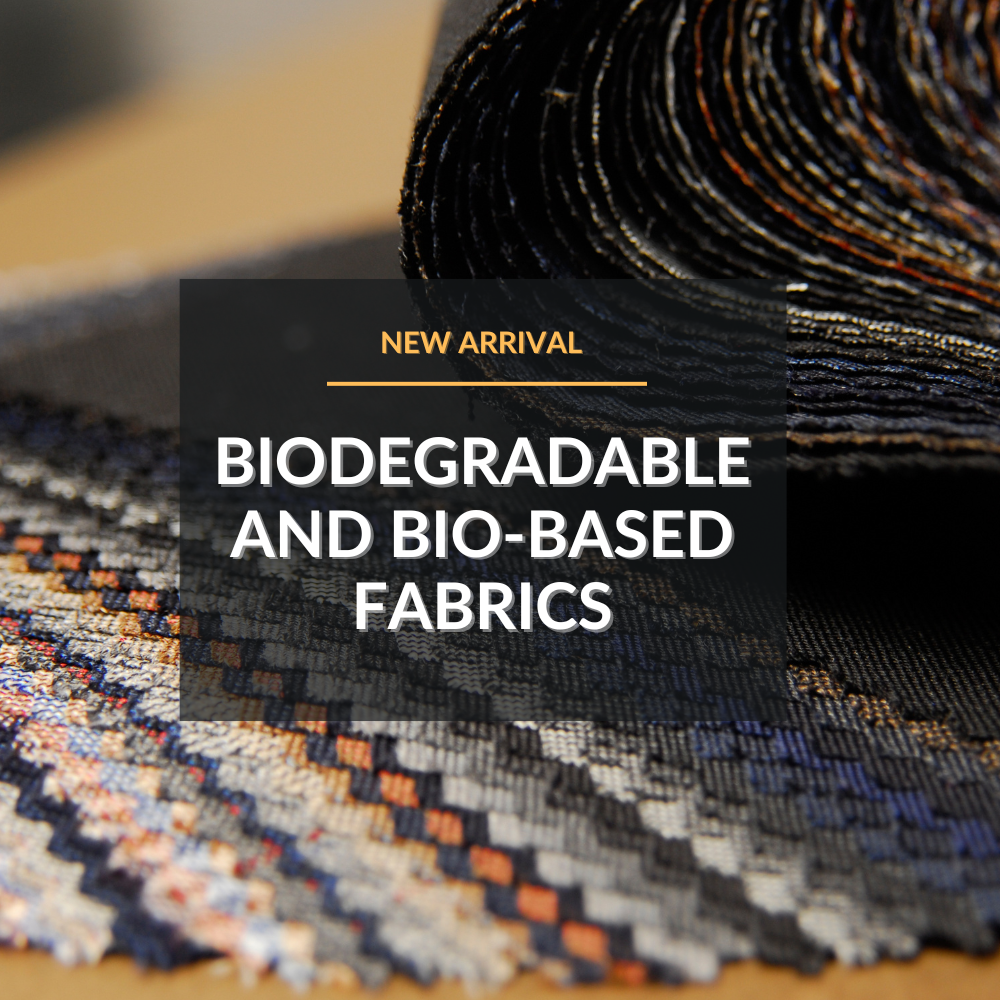
Digital fashion and 3D sampling
Digital fashion is transforming the industry by allowing designers to produce, test, and distribute garments solely within virtual worlds. Tools like as CLO 3D and Browzwear enable realistic 3D sampling, removing the need for many physical prototypes and dramatically lowering fabric waste and carbon emissions.
Browzwear
This move not only simplifies the design process, but it also improves sustainability. Brands can save resources and lessen their environmental impact by reducing the number of physical samples they produce.
Furthermore, the advent of digital-only fashion platforms such as The Fabricant and DressX provides consumers with virtual outfits for their social media and gaming models, reducing demand for physical apparel. As the fashion industry embraces these technologies, digital fashion emerges as a critical step toward a cleaner and healthier future.
Sustainable Dyeing Methods
Because they use a lot of water and release harmful chemicals into the atmosphere, traditional dyeing methods are among the most polluting in the fashion business. Eco-friendly dyeing methods are becoming more popular in response, providing cleaner substitutes without sacrificing quality or color.
By using carbon dioxide rather than water to infuse dyes into fabric, waterless dyeing technologies—like supercritical CO2 dyeing—eliminate the need for wastewater treatment and save millions of liters of water per year. Additionally, natural dyes derived from fruits, vegetables, and insects are resurfacing as non-toxic, biodegradable substitutes for artificial hues.
New technologies for dyeing fabrics, such as digital dyeing and foam dyeing, dramatically lessen the amount of water and chemicals discharged into the environment while better solidifying dye uptake and dyeing consistency. Companies like ColorZen and DyeCoo have brought these methods to market.
These technologies are not only more sustainable, but also become a marketing feature for consumers who care about the environment. As interest rises for transparency in low-impact production methods, dyeing fabrics with less harmful methods becomes an important step of the sustainable fashion journey.
Conclusion
The fashion sector is on the cusp of major transformation toward sustainability, with innovations in terms of biodegradable fabrics, circular production models, digital design, and sustainable dyeing practices. Innovations in many areas will decrease the industry’s impact on the environment and will also shift the manner in which fashion currently is produced and consumed. The convergence of technology and creativity represents a significant move toward a time where sustainability is synonymous with style.
Author’s Bio
Author Nikita is professional content writer, she is always exciting to express thoughts & insights into wonderful words on various topics.



